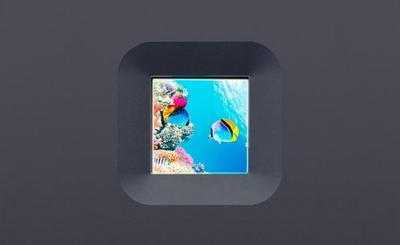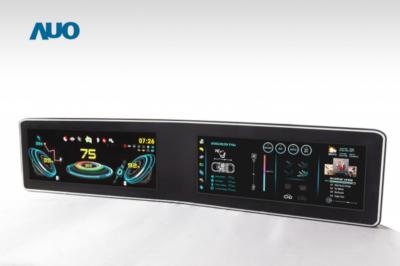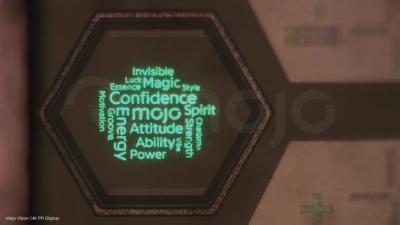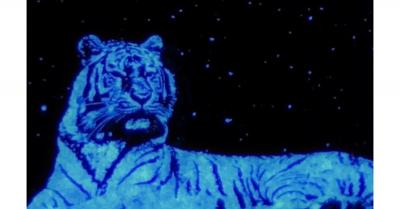Japan Display to demonstrate its first microLED prototype, developed in collaboration wth Glo
Japan Display announced that it is developing micro-LED display technologies, and the company will unveil its first prototype at FINTECH Japan 2019 in early December. JDI will show a 1.6" 300x300 (256 PPI) display that is based on the company's own LTPS backplane with microLED chips developed by Glo.

The new display provides a wide viewing angle of 178 degress and offers very high brightness (3,000 nits).




